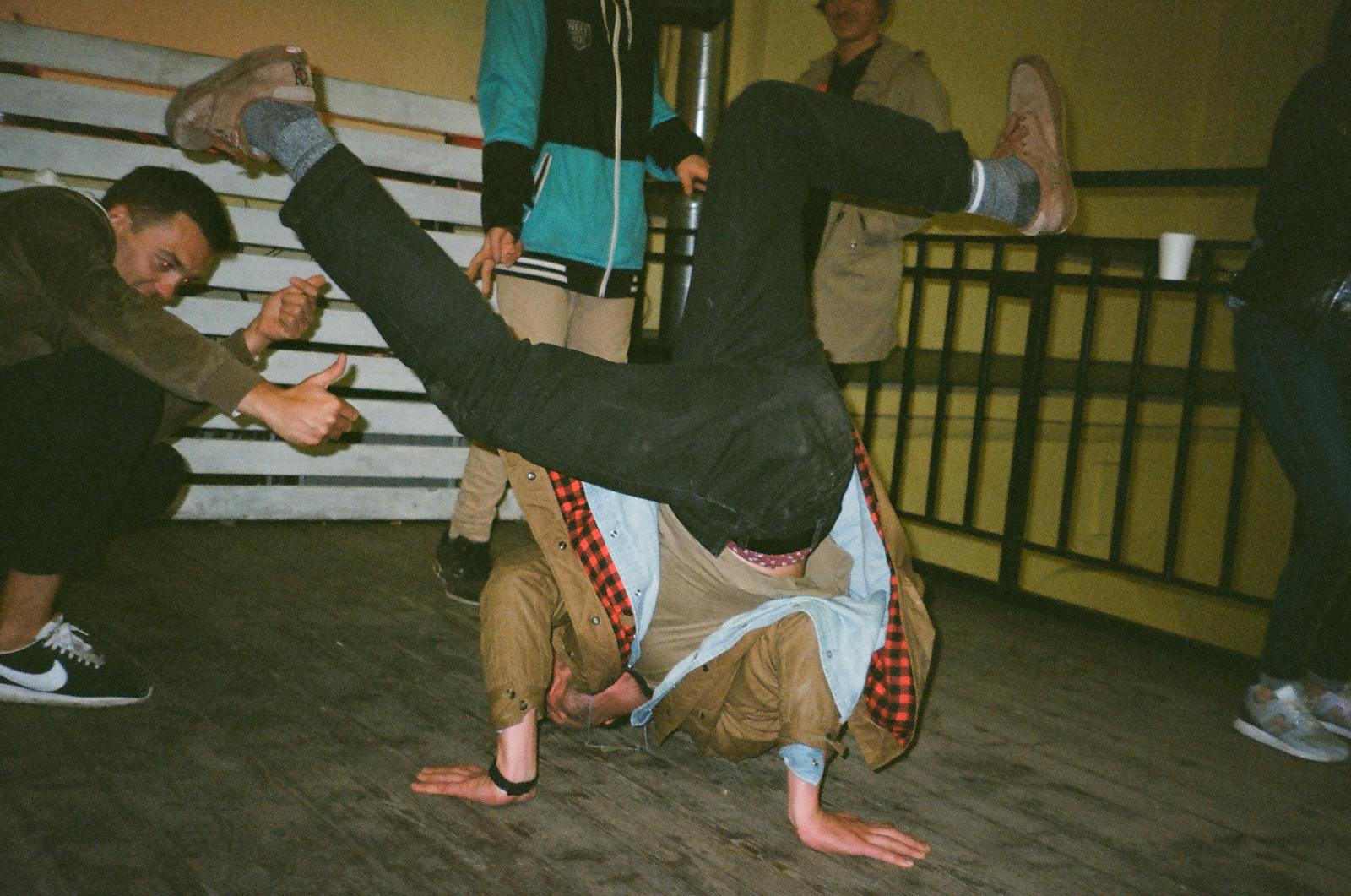Dancing Through History: 30 Fascinating Facts About Dance

By Sandra Rob. Updated: 07 Nov 23
Step into the enchanting world of dance where movement becomes a universal language, transcending cultures and centuries. This digital journey invites you to explore 30 captivating facts that weave the tapestry of dance, from its origins in prehistoric caves to its transformative role in modern society. Delve into the art, history, and impact of dance, celebrating the sheer joy of movement and expression that has enraptured hearts around the globe.
30
Universal Language:
Dance is a universal form of expression that transcends language barriers. Whether it's ballet, salsa, hip-hop, or traditional cultural dances, the power of dance lies in its ability to convey emotions, stories, and shared human experiences, making it a global language of expression and connection.
29
Oldest Art Form:
Dance is among the oldest art forms, with evidence dating back over 9,000 years. Prehistoric cave paintings, like those found in Bhimbetka, India, and the Lascaux Cave in France, depict dancers, showcasing the enduring human fascination with movement and rhythm.
28
Endorphin Boost:
Dancing triggers the release of endorphins, which are the body's natural mood-boosting chemicals. This "feel-good" effect contributes to a sense of euphoria, reduced stress, and enhanced overall well-being, making dance an excellent form of physical and emotional therapy.
27
Dance Therapy:
Dance therapy is a therapeutic approach that harnesses the healing power of movement. It's used to help individuals cope with various physical, emotional, or psychological challenges, such as autism, post-traumatic stress disorder, and depression. Through dance, individuals can express their feelings and improve their mental and emotional health.
26
Evolutionary Origins:
Some researchers believe that dance played a significant role in human evolution. It is theorized that early humans used dance not only as a form of self-expression but also as a means of communication, fostering social bonding, cooperation, and group cohesion within tribes.
25
Global Styles:
Dance encompasses a wide range of styles, each with its unique cultural and historical significance. Ballet, originating in the European courts, is known for its elegance and precision. Hip-hop, born in the streets of the Bronx, is celebrated for its freestyle and urban flair. Salsa, hailing from Latin America, is defined by its lively rhythms and partner work, while belly dance has its roots in Middle Eastern traditions, characterized by fluid and intricate movements.
24
Dance of the Bees:
Honeybees communicate the location of food sources through a mesmerizing "waggle dance." By dancing in a specific pattern, bees convey information about the direction and distance to the food, allowing other hive members to locate and retrieve nectar or pollen.









